Science
Ignite your child’s curiosity with our Science Home Therapy Resources. These tools introduce fundamental concepts through hands-on experiments and interactive activities, fostering a love for learning and critical thinking in various scientific fields.
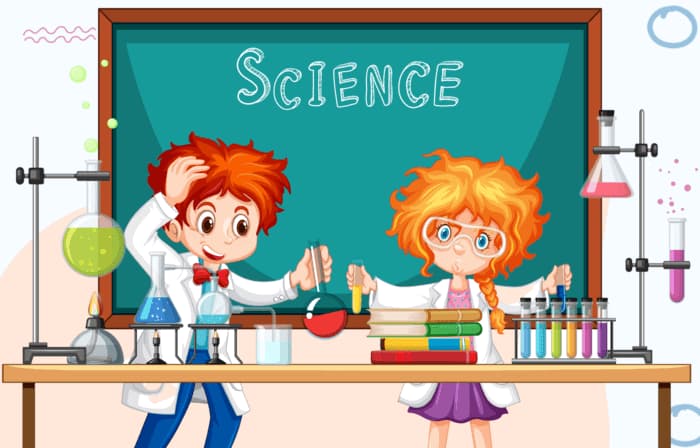
Explore the Best Science Resources for Kids

Where - Food and Its Origin: Illustrated Worksheet for Kids
₹ 80.00
₹ 160.00
50% off
4.9 (52 ratings)
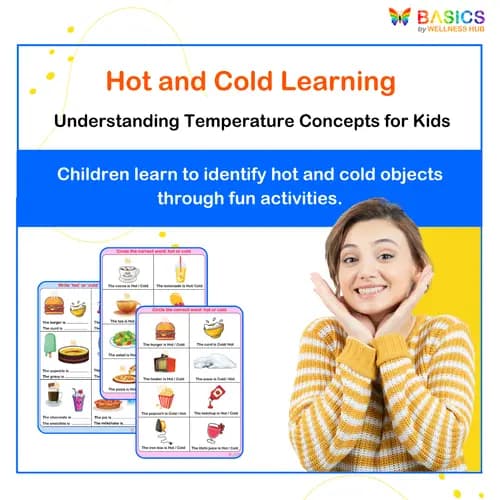
Hot and Cold Objects Activity: Printable PDF for Kids
₹ 80.00
₹ 160.00
50% off
5.0 (56 ratings)

Water Animals Flashcards for Kids – Free Printable PDF
FREE
₹160
100% off
4.7 (46 ratings)
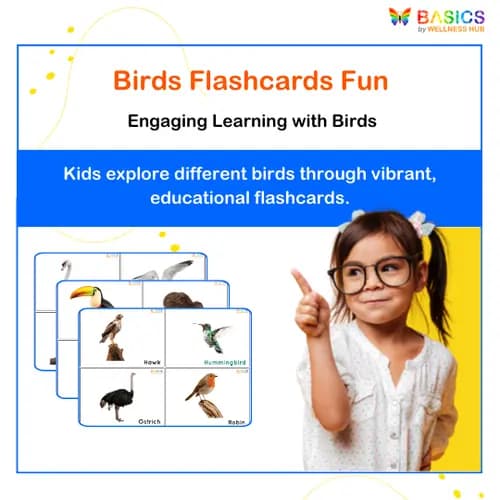
Birds Flashcards for Kids – Free Printable PDF
FREE
₹160
100% off
4.6 (42 ratings)
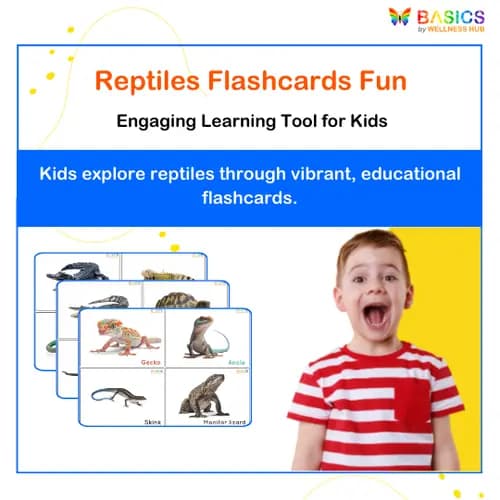
Reptiles Flashcards for Kids – Free Printable PDF
FREE
₹160
100% off
4.9 (42 ratings)
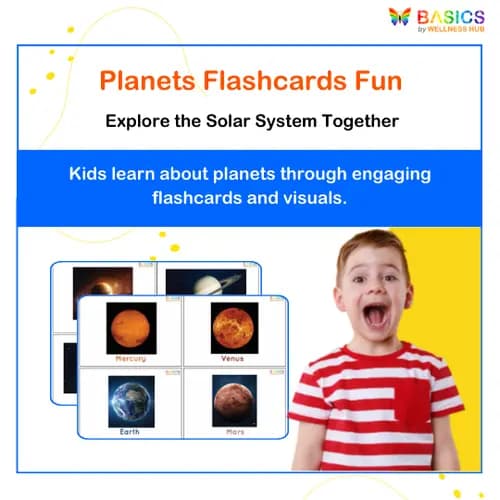
Planets Flashcards for Kids – Free Solar System Learning PDF
FREE
₹160
100% off
4.8 (60 ratings)
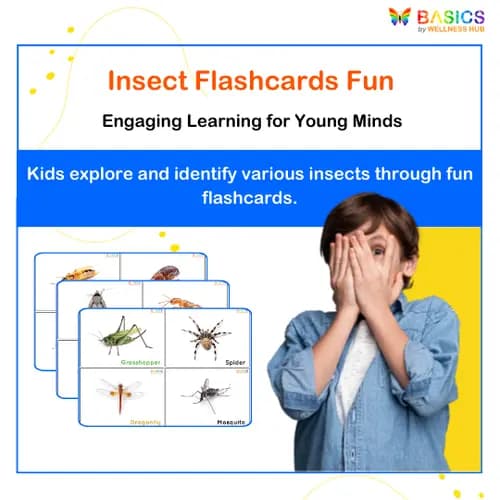
Insects Flashcards for Kids – Free Printable PDF
FREE
₹160
100% off
4.6 (52 ratings)

Desert Animals Flashcards for Kids – Free Printable PDF
FREE
₹160
100% off
4.9 (50 ratings)
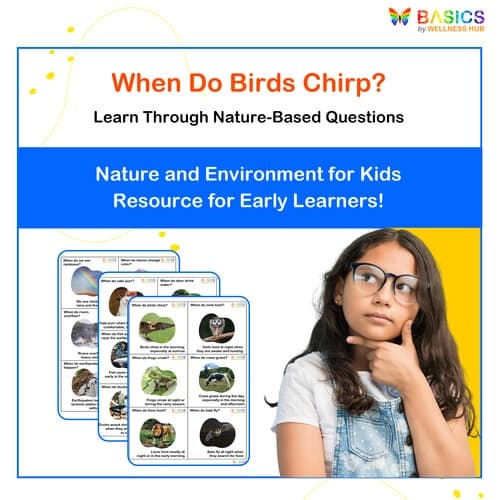
When Questions Flashcards – Nature and Environment for Kids (Printable PDF)
₹ 80.00
₹ 160.00
50% off
4.8 (48 ratings)

When Questions Flashcards – Weather and Seasons for Kids (Free Printable PDF)
FREE
₹160
100% off
4.9 (46 ratings)
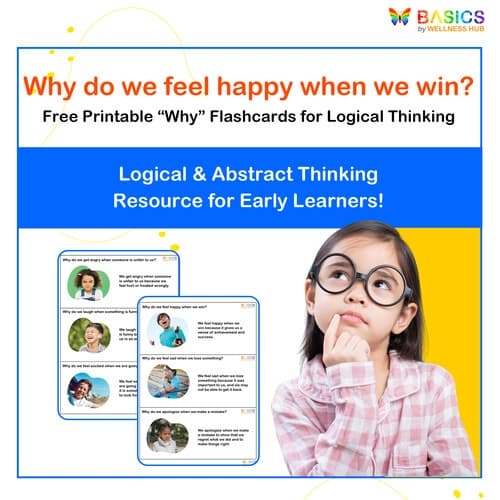
Why Questions Flashcards – Logical & Abstract Thinking for Kids (Free Printable)
FREE
₹160
100% off
4.8 (58 ratings)

Where Are These Places? WH Questions – Landmarks & Geography (Free Printable PDF)
FREE
₹160
100% off
4.9 (56 ratings)
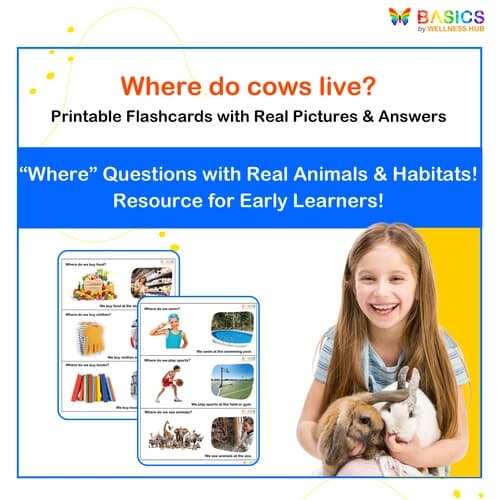
Where Questions in Nature – Printable Flashcards on Animals & Habitats
₹ 80.00
₹ 160.00
50% off
4.7 (48 ratings)
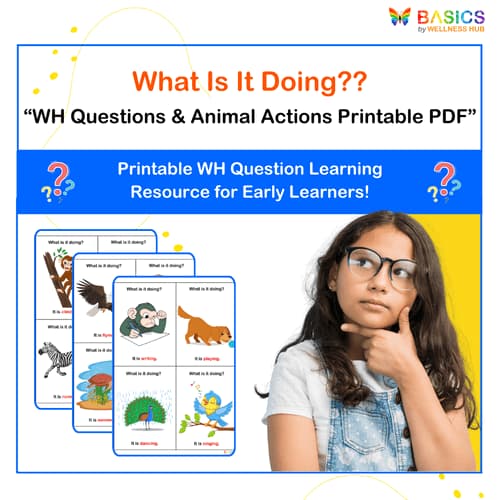
What Is It Doing? WH Questions & Animal Actions Printable – Fun Learning with Animals
₹ 80.00
₹ 160.00
50% off
4.9 (58 ratings)
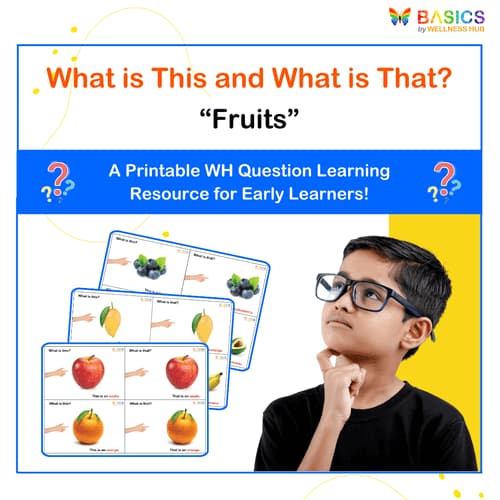
What is This and What is That? - Fruits Learning PDF for Kids WH
₹ 80.00
₹ 160.00
50% off
4.6 (44 ratings)
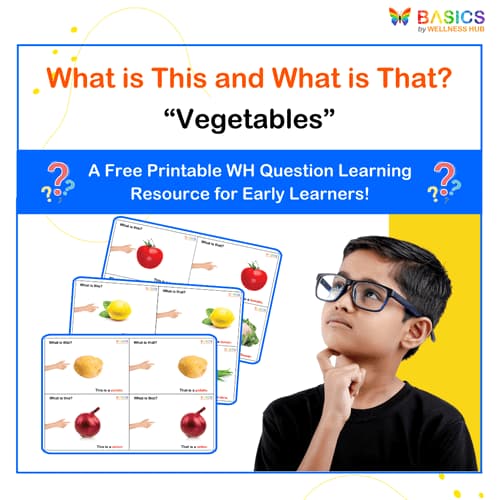
What is This and What is That? - Free Vegetables Learning PDF for Kids WH
FREE
₹160
100% off
4.9 (58 ratings)
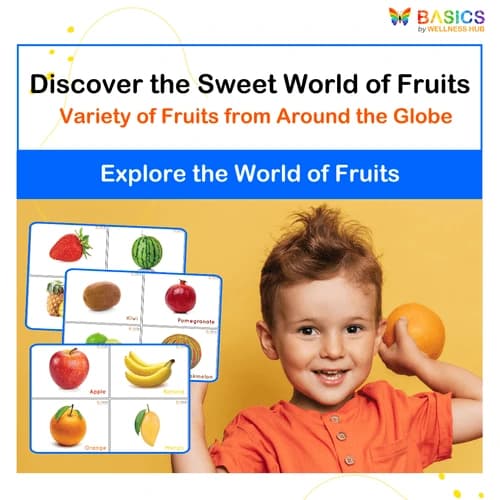
Fruits Flashcards for Kids: Free Printable PDF
FREE
₹160
100% off
4.7 (58 ratings)
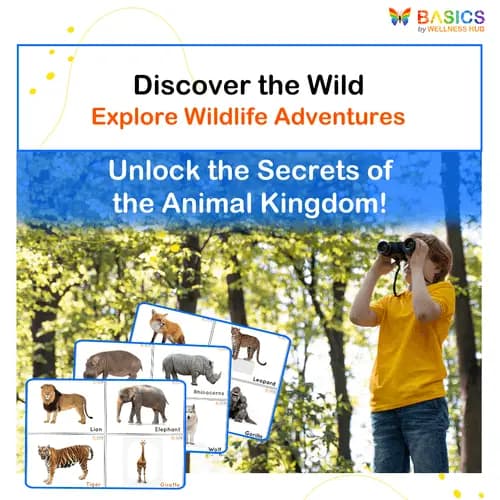
Wild Animals Flashcards for Kids: Free Printable PDF
FREE
₹160
100% off
4.6 (45 ratings)

Body Parts Flashcards for Kids: Free Learning PDF
FREE
₹160
100% off
4.9 (48 ratings)
Real Parent Success Stories – How Science Resources Help Kids Thrive
Our resources have positively impacted families and therapists, helping children make meaningful progress in speech and language development. Here’s what some of our users have shared:
The earth science cards are fantastic! My son now loves pointing out different types of clouds, and it’s amazing to see him so interested in weather.
Emily, Parent
These testimonials reflect how our resources make speech and language learning accessible and effective, empowering children and giving parents the confidence to support their growth.
Detailed Description
Introduction to Science Activities for Kids
Science education ignites curiosity, critical thinking, and a deeper understanding of the world around us. Early exposure to science concepts helps children learn through exploration, observation, and experimentation, fostering a lifelong interest in discovery. Our science resources provide hands-on activities that make learning interactive and enjoyable, covering topics from biology and physics to earth sciences. These resources are designed to support parents, educators, and therapists in nurturing a child’s curiosity and building foundational science skills that inspire them to explore the world with wonder.
How Our Resources Aid in Science Exploration and Learning
Our science resources focus on introducing key concepts like observation, hypothesis formation, and experimentation. Each resource is crafted to make complex topics accessible to young learners, using visuals and interactive activities. By exploring subjects like ecosystems, the solar system, weather patterns, and the human body, children gain a deeper understanding of the natural world. These tools help children develop skills such as critical thinking, problem-solving, and logical reasoning, which are essential not only for science but for life-long learning.
Types of Science Resources We Offer
Biology and Life Science Activities: Our biology resources cover topics like plants, animals, and human anatomy. Through interactive flashcards, stories, and exploration activities, children learn about ecosystems, animal characteristics, and the human body, building a foundational knowledge of life sciences.
Earth Science and Environmental Awareness: Earth science resources introduce children to the wonders of our planet, including landforms, weather patterns, and natural resources. These activities teach children about the importance of environmental stewardship and the impact of human activity on nature.
Physics and Simple Machines: Our physics resources make abstract concepts, like force, motion, and energy, understandable through hands-on activities. By experimenting with simple machines and observing cause-and-effect relationships, children develop a practical understanding of how things work.
Astronomy and Space Exploration: Astronomy resources spark interest in outer space, introducing children to planets, stars, and galaxies. Activities include fun facts and visuals of the solar system, encouraging children to dream about the universe beyond Earth.
Who Can Use These Resources?
Our science resources are versatile and suitable for various users:
Parents: Use these resources at home to make learning science a natural part of your child’s exploration, fostering a love for discovery in a comfortable environment.
Teachers:
Therapists: Apply these tools in therapy sessions to help children express emotions and build confidence through art, providing a gentle and enjoyable way to explore feelings.
These resources are designed to be adaptable and engaging, making science accessible to young learners and instilling a foundation of curiosity and exploration.
Benefits of Science Activities at Home
Engaging in science activities at home gives children the chance to learn in a relaxed and interactive environment. These resources empower parents to introduce science concepts in a hands-on way, making learning memorable and enjoyable. For children with specific learning needs, science activities offer a multisensory approach to understanding complex ideas. By making science part of daily routines, parents can inspire curiosity, encourage questions, and build a strong foundation for future scientific learning and exploration.
Tips for Using Science Resources Effectively
Using our science resources effectively can inspire curiosity and build foundational knowledge in young learners. Here are some practical tips:
Start with Everyday Examples: Relate science concepts to everyday experiences. For example, explain the water cycle by observing rain or discuss gravity by dropping objects. This helps children connect abstract ideas to the real world.
Encourage Questions and Exploration: Let children ask questions and explore. Science is about curiosity, so encourage them to wonder, experiment, and think critically about the world around them.
Make Activities Interactive: Hands-on experiments and visual aids make science engaging. Simple activities like planting seeds to learn about plant growth or building small ramps to understand motion can make concepts memorable.
Incorporate Learning into Daily Routines: Discuss science topics casually during daily activities, like explaining where food comes from or talking about the stars at night. This reinforces concepts in a natural and enjoyable way.
Praise Curiosity and Effort: Encourage a love of learning by celebrating each question and discovery. Positive reinforcement fosters confidence and makes children feel proud of their scientific explorations.
Real-Life Examples of Science Learning with Our Resources
Our science resources provide practical ways for children to engage with scientific concepts and explore the natural world. Here are some examples:
Exploring Life Science with Planting Activities: A parent might use Biology and Life Science Activities to teach their child about plant growth by planting seeds together. By observing and watering the seeds daily, the child learns about plant life cycles and the importance of sunlight and water.
Understanding Weather Patterns with Visual Aids: A teacher might use Earth Science Flashcards to explain weather patterns, showing visuals of rain, sun, and snow. This helps students connect these concepts to real weather changes they see outside.
Learning about Forces with Simple Machines: A therapist might use Physics Activities involving pulleys and levers to explain the concept of force and motion. This hands-on experience helps children grasp cause-and-effect relationships in an enjoyable way.
Exploring the Solar System with Astronomy Resources: Parents can use Astronomy Flashcards to introduce their child to planets and stars, creating a small “space exploration” activity. This experience sparks curiosity about the universe and encourages kids to think beyond Earth.
These examples highlight how our resources support hands-on learning, helping children build a strong foundation in science through real-world connections.
FAQs
Q1: How do I start using these resources with my child?
A1: Begin with topics your child is already curious about, such as animals or space. Start with basic concepts and gradually introduce more detailed activities as they show interest.
Q2: Which resources are best for introducing biology?
A2: Our Biology and Life Science Activities are perfect for teaching concepts related to plants, animals, and ecosystems. They use visuals and interactive elements to make biology accessible and enjoyable.
Q3: How often should I use these activities?
A3: Short, frequent sessions work well. A few times a week, integrate science activities into daily routines to keep learning consistent and engaging without feeling overwhelming.
Q4: Are these resources suitable for children with sensory needs?
A4: Yes, many of our science resources include tactile, visual, and hands-on elements, making them suitable for children with sensory needs and providing an interactive approach to learning.
Related Topics and Further Learning for Parents
For parents looking to enhance their child’s science learning, the BASICS app offers additional resources and courses that explore key science topics in greater depth:
Introduction to Earth Science and Weather Patterns: A course that covers the basics of weather, landforms, and natural resources, helping children appreciate the beauty of our planet.
Life Science and Biology for Early Learners: Resources focused on plant life cycles, animal habitats, and the human body, supporting a foundational understanding of living organisms.
Basic Physics and Simple Machines: Hands-on activities that introduce concepts of force, energy, and motion, making physics approachable and enjoyable for young minds.
Space Exploration and Astronomy for Kids: A course that explores the solar system, stars, and galaxies, encouraging children to dream big and learn about the universe beyond Earth.
These resources provide parents with a well-rounded approach to science education, helping children build curiosity, knowledge, and a lifelong love for discovery.